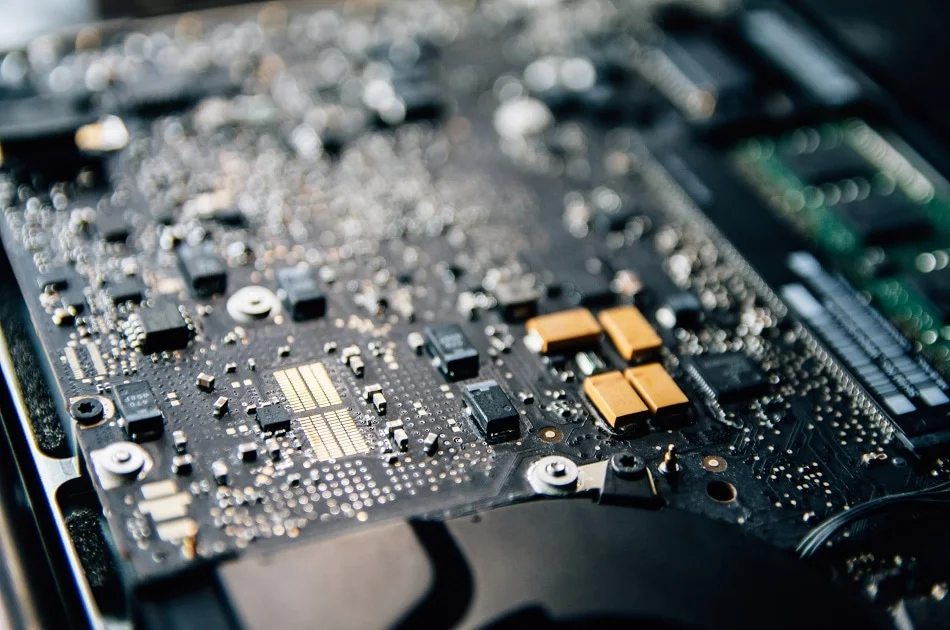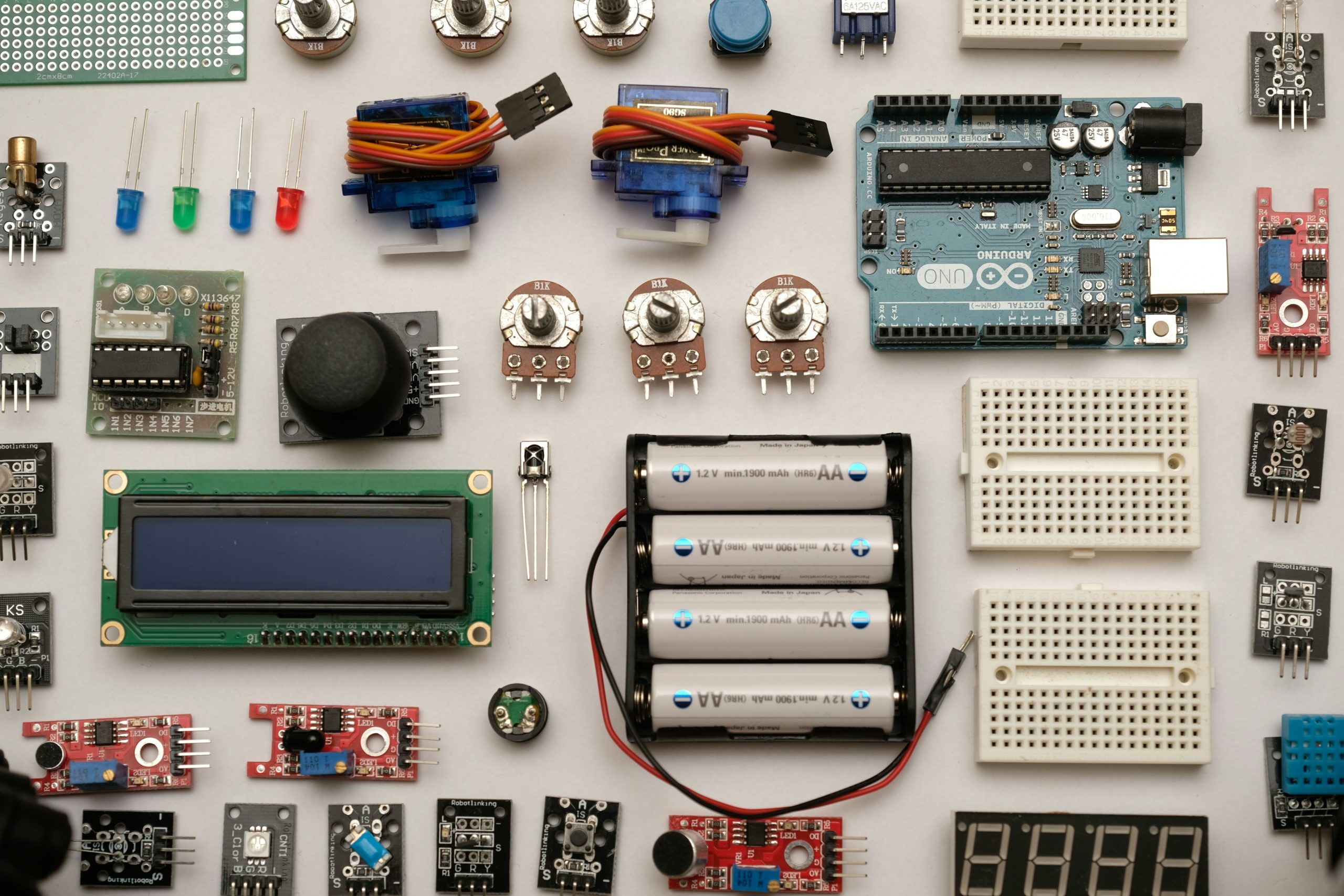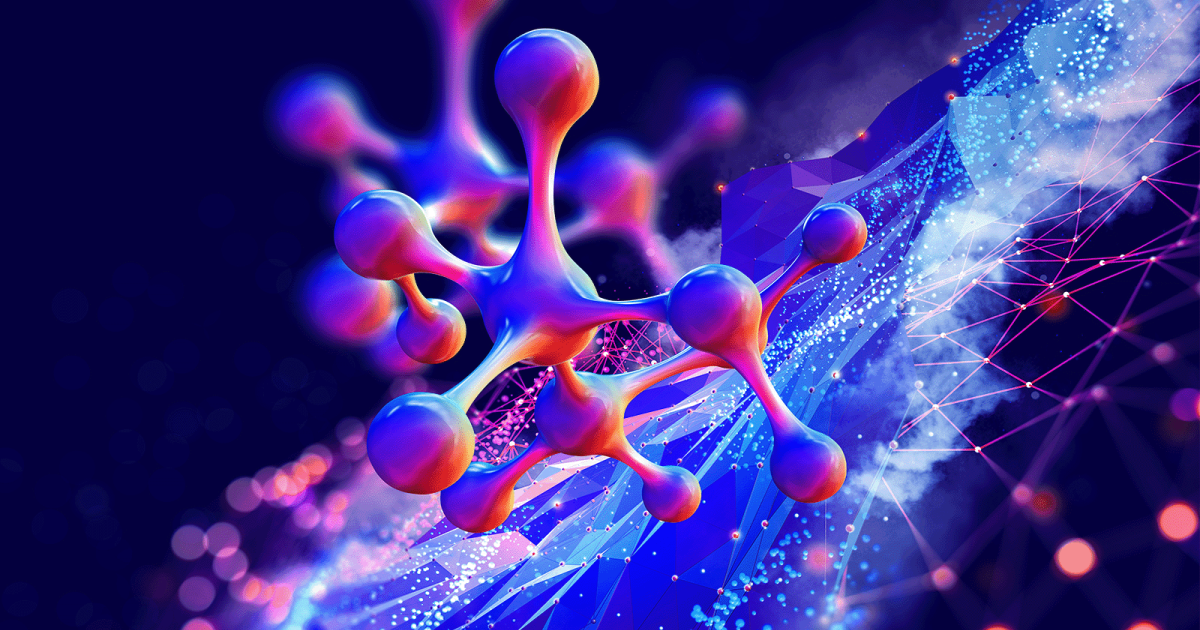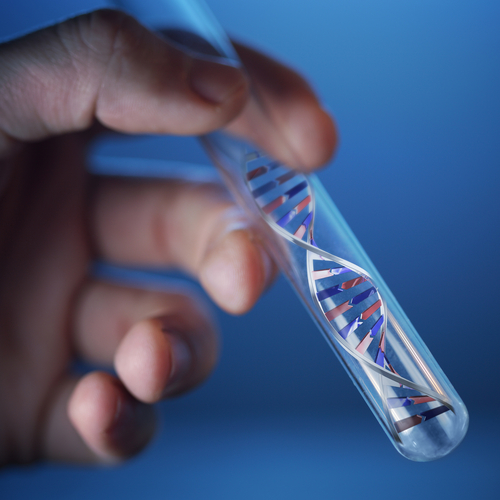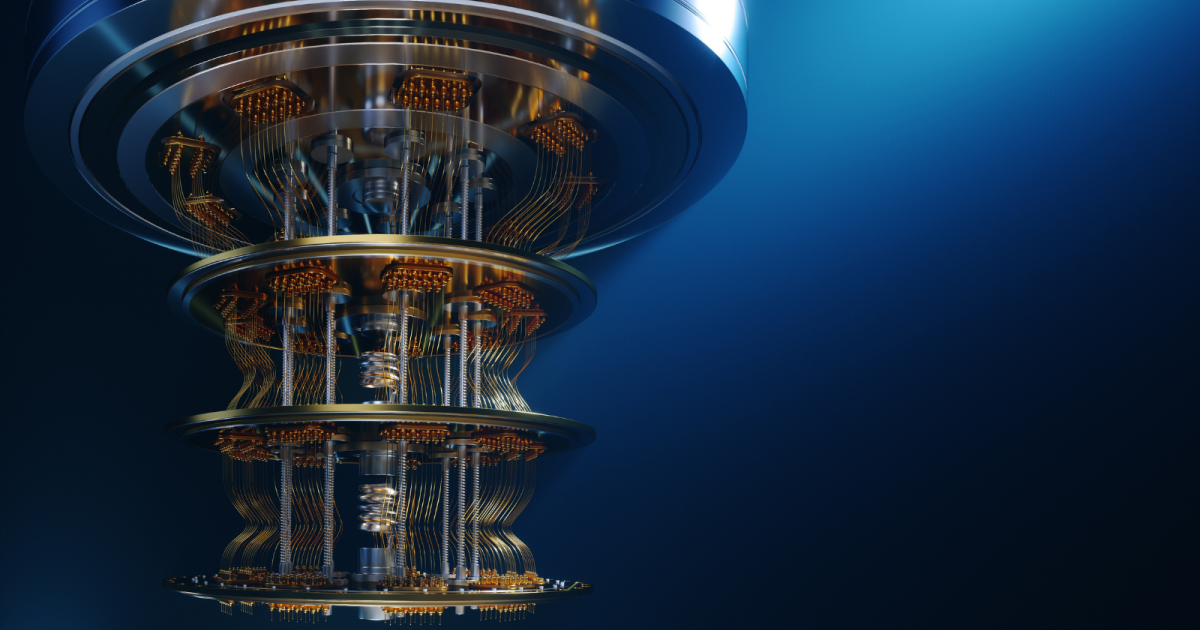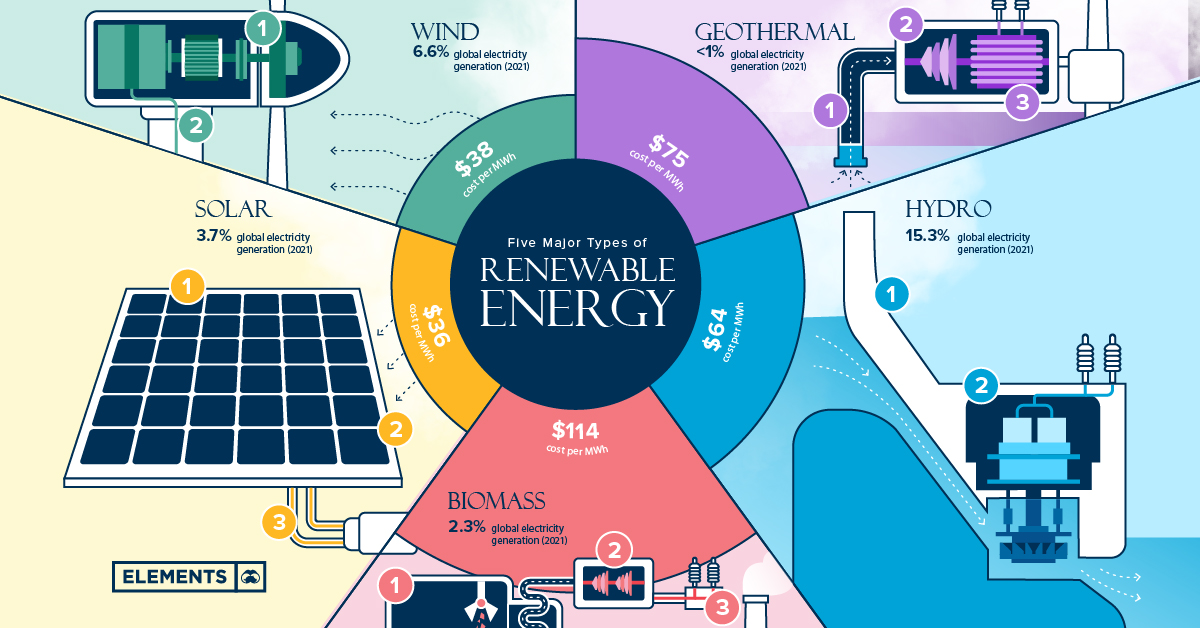How nanotechnology is transforming the field of electronics – a look at the latest advances in nanoelectronics and their applications.
Nanotech and electronics, a match made in heaven===
The field of electronics has undergone a rapid transformation in recent years, thanks to the emergence of nanotechnology. By manipulating matter at the atomic and molecular level, scientists and engineers are creating electronic devices that are smaller, faster, and more efficient than ever before. From smartphones to quantum computers, nanoelectronics has the potential to revolutionize the way we interact with technology. In this article, we will explore the latest advances in nanoelectronics and their applications.
Shrinking down electronics: The basics of nanoelectronics
Nanoelectronics involves the study of electronic components that are on the nanoscale. A nanometer (nm) is one billionth of a meter, which means that nanoelectronic devices are incredibly small. The most common material used in nanoelectronics is silicon, which is used to create transistors, the basic building block of all electronic devices. However, other materials such as carbon nanotubes, graphene, and nanowires are also being used to create electronic devices on the nanoscale.
Smaller, faster, and more efficient: The benefits of nanoelectronics
The benefits of nanoelectronics are numerous. By shrinking electronic components down to the nanoscale, devices can be made much smaller, allowing for more powerful and portable electronics. Nanoelectronics also allows for faster processing speeds, as electrons can travel shorter distances in nanoscale devices, and more efficient energy use, as smaller devices require less power to operate.
From transistors to quantum computers: The wide-ranging applications of nanoelectronics
Nanoelectronics has applications across a wide range of industries, from consumer electronics to healthcare to renewable energy. In consumer electronics, nanoelectronics has enabled the development of smaller and more powerful smartphones, laptops, and wearables. In healthcare, nanoelectronics has the potential to revolutionize medical diagnostics and drug delivery. In renewable energy, nanoelectronics is being used to create more efficient solar cells and energy storage devices. And in the field of quantum computing, nanoelectronics is key to creating the powerful processors needed to perform complex calculations.
Nanotech for renewable energy: From solar cells to energy storage
One of the most promising applications of nanoelectronics is in the field of renewable energy. Nanoelectronics is being used to create more efficient solar cells, which can convert sunlight into electricity with greater efficiency. Nanoelectronics is also being used to create energy storage devices, such as batteries and supercapacitors, that are smaller, more efficient, and longer-lasting than traditional energy storage technologies.
Sensors and wearables: How nanoelectronics are revolutionizing healthcare
Nanoelectronics is also having a transformative impact on healthcare. Sensors and wearables that use nanoelectronics are being developed to monitor health conditions in real-time, providing doctors with valuable data that can be used to diagnose and treat illnesses. Nanoelectronics is also being used to create drug delivery systems that can accurately target specific cells in the body, reducing side effects and improving treatment outcomes.
Smart cities and the Internet of Things: Nanotech’s role in the future
The Internet of Things (IoT) is a rapidly growing field that involves the connection of everyday devices to the internet. Nanoelectronics is playing a key role in the development of IoT devices, such as smart home appliances, traffic sensors, and security systems. Nanoelectronics is also being used to create smart cities, where everything from transportation to energy use is optimized for maximum efficiency.
Conclusion: Why nanoelectronics are the key to the next technological revolution
Nanoelectronics is transforming the field of electronics in ways that were once thought impossible. From smaller, faster, and more efficient devices to groundbreaking innovations in healthcare and renewable energy, the applications of nanoelectronics are endless. As we continue to explore the potential of nanotechnology, we are sure to see even more exciting developments in the years to come. Nanoelectronics truly is the key to the next technological revolution.
===
With the benefits of nanoelectronics being so promising, it is no wonder that scientists and engineers are actively researching and developing new ways to utilize this technology. From smaller, faster electronics to life-changing medical innovations, the possibilities of nanoelectronics are limitless. The future is sure to hold even more groundbreaking developments in this field, and we can’t wait to see what’s next.

